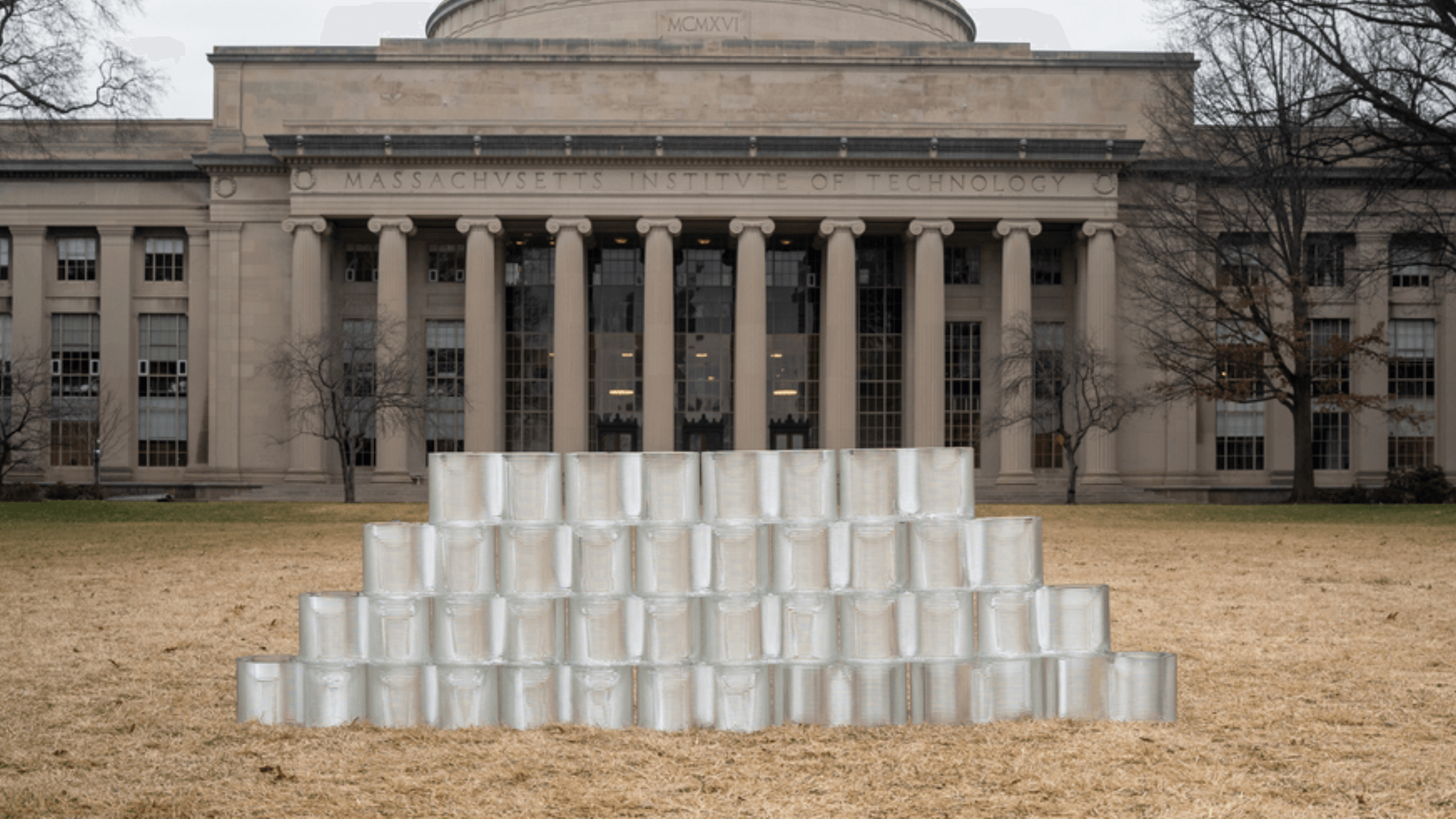MIT engineers are breaking new ground in construction materials by developing durable, 3D-printed recycled glass bricks. This innovation stands to revolutionize the building industry by combining structural strength, transparency, and sustainability in a way that traditional materials cannot match. These glass bricks are designed to withstand significant loads, meaning they could soon serve as functional and aesthetic elements in modern architecture, offering flexibility previously unavailable in glass construction.
In the race to innovate, MIT engineers have leveraged 3D printing to create glass bricks. Their advanced 3D printing techniques allow precise control over the material’s density, shape, and internal structure. Traditional glass manufacturing processes have long struggled to create structurally reliable bricks, often requiring layers of reinforcement or limiting their application to non-load-bearing areas.
MIT’s breakthrough method allows each glass brick to be printed layer by layer, creating a unique internal structure that distributes stress and improves durability. This precision, unattainable with conventional glass production, enables the bricks to withstand high compression loads, making them suitable for structural use. These multilayered glass bricks are printed in figure-eight, allowing them to interlock like LEGO.
“Glass is a highly recyclable material,” said Kaitlyn Becker, assistant professor of mechanical engineering at MIT. “We’re taking glass and turning it into masonry that, at the end of a structure’s life, can be disassembled and reassembled into a new structure or can be stuck back into the printer and turned into a completely different shape. All this builds into our idea of a sustainable, circular building material.”
Beyond aesthetics, MIT’s glass bricks offer numerous sustainability benefits. By allowing more natural light into buildings, they can reduce the need for artificial lighting, thus conserving energy. Their design also provides potential insulation advantages, which could make buildings more energy-efficient by lowering heating and cooling costs. These characteristics align with broader industry goals to reduce carbon emissions and promote sustainable construction practices.
In addition, 3D printing in manufacturing these bricks reduces waste by allowing engineers to create only what is needed using precise amounts of material. This aligns with growing industry efforts to incorporate additive manufacturing and other waste-reducing practices. The bricks also offer architects more design flexibility, enabling unique architectural features that seamlessly integrate transparency and light manipulation into structural walls.
MIT’s 3D-printed glass bricks represent a significant step forward in building materials, promising durability, sustainability, and artistic freedom. As this technology evolves, the construction industry may soon see buildings that demonstrate environmental responsibility and cutting-edge design.
Like this article? Subscribe to our weekly newsletter for more like this.


